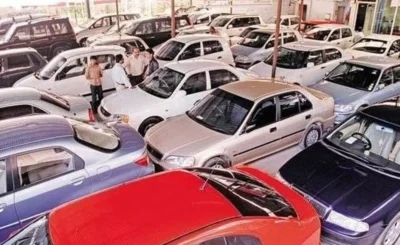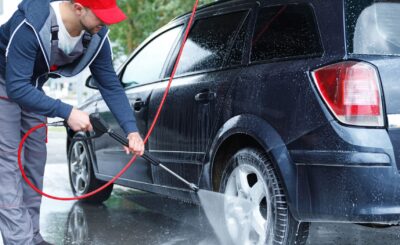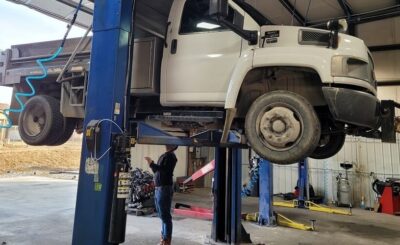Steering quivering and noise are ordinary automotive issues that can range from minor annoyances to serious security concerns. These problems often signify underlying machinelike issues that, if left unaddressed, can bring about costly repairs and potential accidents.
This item delves into the causes, diagnosis, and solutions for guiding vibration and noise, empowering you to appreciate and resolve these problems efficiently.
Understanding the Sources of Steering Vibration and Noise
Steering vibration and commotion can stem from a variety of beginnings, broadly classification as:
· Tire-related Issues:
Uneven weary wear, incorrect weary pressure, and misaligned tires are frequent culprits. The tires’ ability to grip the parking lot surface directly impacts the guiding response and can bring about vibrations and noises.
· Steering System Components:
Worn or damaged steering parts, including the guiding rack, tie rods, ball cheap hangouts, and power guiding pump, can create vibrations and noises as they work. auto repair shop in Reynoldsburg, OH can help you with any kind of problem
· Suspension System Problems:
A faulty vehicle suspension system, with used shock absorbers, struts, or bushings, can communicate road imperfections into the guiding system, superior to vibrations and commotion.
· Wheel Alignment Issues:
Misaligned wheels can cause uneven weary wear and steering issues, developing in vibrations and noise.
· Drivetrain Problems:
Issues inside the drivetrain, such as used universal intersections or damaged drive axles, can further manifest as vibrations that are felt through the wheel.
· Unbalanced Wheels and Tires:
Unevenly balanced wheels and tires can cause quiverings at certain speeds, specifically noticeable in the wheel.
· Loose Components:
Loose components like bolts, crazy, and brackets in the steering, delay, or drivetrain systems can still contribute to shaking and noise.
Diagnosing the Problem
Identifying the exact source of the vibration or turbulence is crucial for persuasive troubleshooting.
· Observation:
Note the speed at which the vibration or cacophony occurs. High-speed quiverings often point to exhaust or wheel imbalances, while low-speed issues ability indicate guiding components or delay problems.
· Location:
Determine where the quivering or noise is most outstanding. Steering wheel vibrations frequently indicate questions in the steering or front delay. Noise originating from the tires might signify tire issues.
· Driving Conditions:
Observe using what the vibration or cacophony changes under different forceful conditions. Does it worsen on harsh roads or at specific speeds?
· Professional Inspection:
If you’re doubtful, consulting a skillful mechanic is essential. They can use demonstrative tools and their expertise to locate the source of the question.
· Addressing the Issues
Once the source is recognized, suitable resolutions can be executed:
Conclusion
Addressing these issues immediately can improve forceful comfort, enhance bicycle safety, and prevent more important and costly repairs later. Remember, the safety and depiction of your vehicle are superior, and seeking professional help when needed is an important step in safeguarding maintenance.








